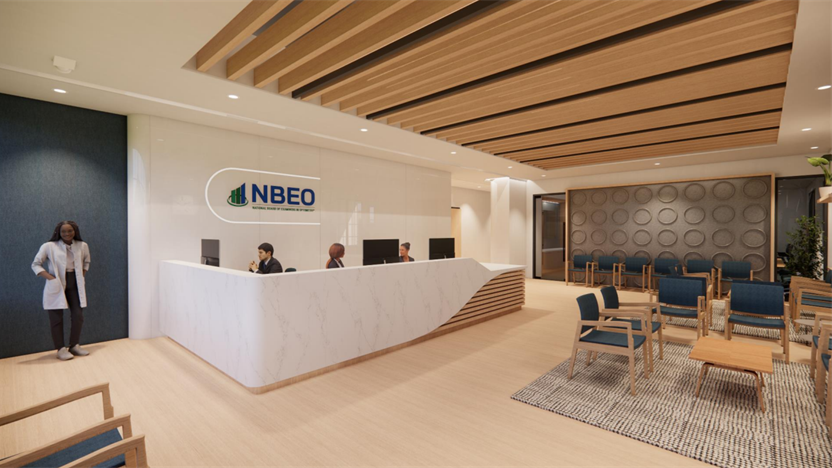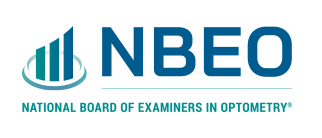Come be a part of something meaningful at the National Board of Examiners in Optometry (NBEO) in Charlotte, North Carolina, where our mission is to protect the public by ensuring the competency of optometric candidates. Annually, we administer in-person clinical examinations for over 2,000 experienced optometry students from the United States, Canada, and Puerto Rico who are seeking licensure to practice. We’re looking for individuals to serve as Standardized Patients and join a unique, team-based culture.
A standardized patient carries multiple responsibilities. SP's allow candidates to demonstrate clinical decision making, clinical skills, effective communication, and diagnostic techniques in a realistic and controlled environment.
"I love that I am helping the students on the road to their career, as well as getting to know interesting people that I work with.”
“I liked being able to play a part in someone's future career as an Optometrist.”
"I would absolutely recommend this job to a friend because this has been the most positive environment that I have ever worked in. There is a lot of support from everyone and the testing is done in a way that you feel confident in doing the job on your own.”
"The flexible hours and relative pay for the job was appealing for me especially because I have health issues.”
"The atmosphere of the job is welcoming. It doesn’t feel like a dark cloud of gloom is hovering over me. There is constructive criticism, and necessary job related correction, but overall a positive work environment.”
“I thought it sounded interesting and it fit into my schedule of full time work. I loved that it was flexible and that I could work when I was available.”
All clinical exams take place at the NBEO’s National Center for Clinical Testing in Optometry (NCCTO®), 7910 Microsoft Way, Suite 250, Charlotte NC, 28273.

